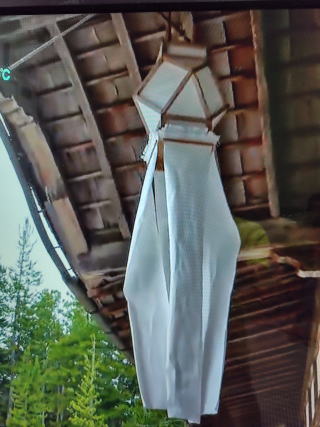
Kiriko Lanterns
"Kiriko Lanterns" at Mount Koya in
August
Every August, on Mount Koya (Koyasan), special paper and wooden lanterns
called “Kiriko Lanterns” are displayed to welcome the spirits of ancestors.
These lanterns are part of a traditional Japanese custom during the Obon
season, a time when people believe the spirits of deceased family members
return to the world of the living.
The Kiriko Lanterns are beautifully decorated, and each one is made with
care. They are placed around temples and homes to light the way for the
spirits.
It is a peaceful and spiritual tradition
that honors family and ancestors, showing respect and remembrance.
If you visit Koyasan during this time, you
can see these lanterns glowing at night, creating a very serene and sacred
atmosphere.

Urabon-e (Obon) in Japan
Urabon-e, commonly called Obon, is a traditional Japanese Buddhist event held in mid-August (usually August 13–16) to honor and welcome the spirits of ancestors.
The custom originates from a Buddhist story about Mokuren (Maudgalyāyana), a disciple of the Buddha, who saw his deceased mother suffering in the realm of hungry ghosts. Following the Buddha’s advice, he offered food to monks on the 15th day of the seventh lunar month. This act freed his mother’s spirit and became the foundation for the Obon tradition.
Historically, Obon merged with local Japanese ancestor worship practices. Over the centuries, it developed into a major annual event. Families prepare offerings at home altars (butsudan), light welcome fires (mukaebi) to guide spirits back, and later light farewell fires (okuribi) to send them off. In some regions, people perform Bon Odori, a communal dance to welcome the spirits.
The significance of Obon is twofold:
Religious – It’s a Buddhist-inspired practice to express gratitude to ancestors and pray for their peaceful afterlife.
Cultural – It strengthens family bonds, connects people to their roots, and fosters a sense of community.
Today, Obon is both a spiritual and social event, and many Japanese return to their hometowns to take part. It’s considered one of Japan’s most important seasonal observances.
TOP PAGE 観光カレンダー
TOP PAGE 观光最佳时期